Artistry in Motion: My Gamer Perspective on Super Mario World 2: Yoshi's Island
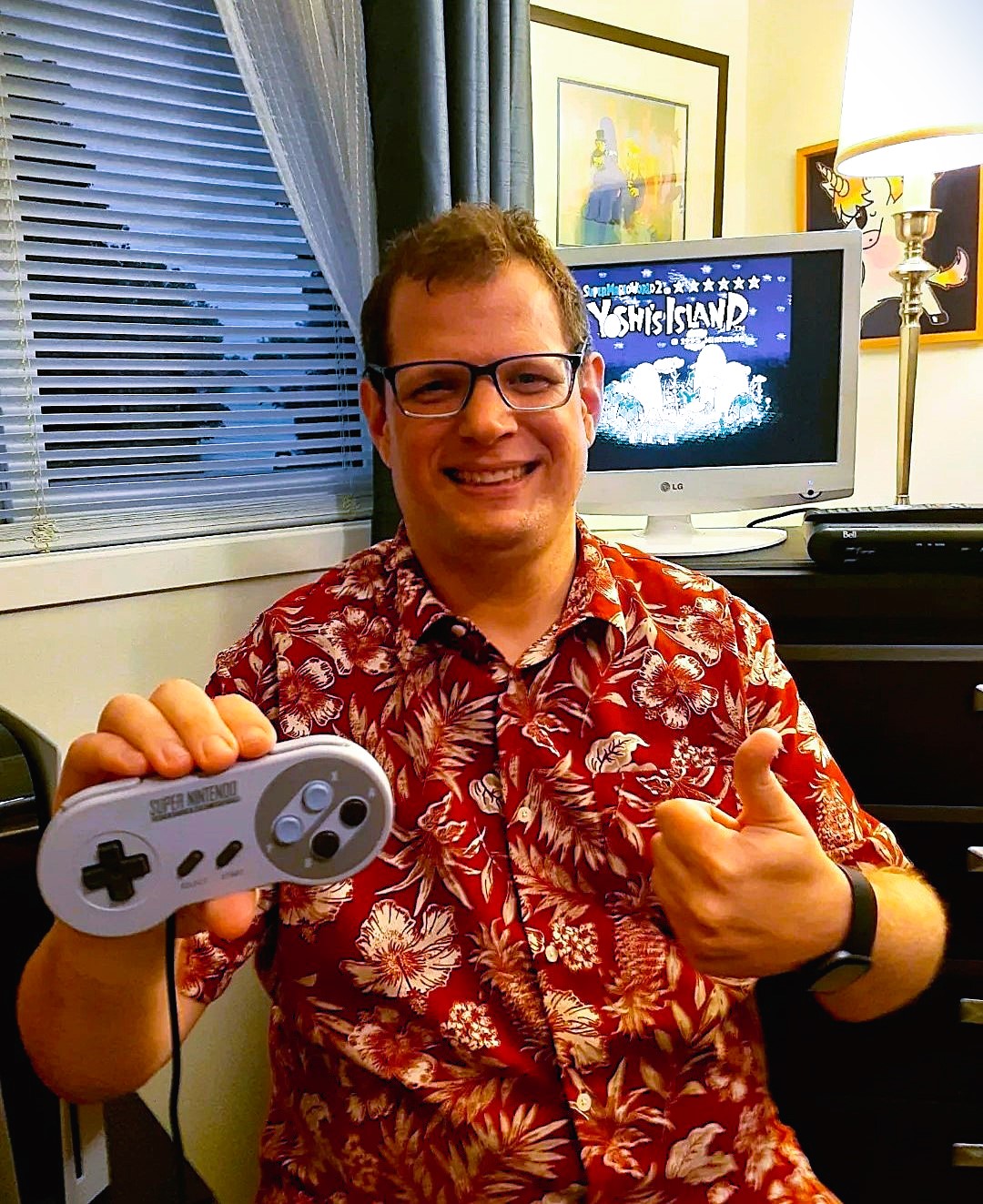
Truly a work of art.
"Players are artists who create their own reality within the game." - Shigeru Miyamoto
I recently completed a 100% playthrough of Super Mario World 2: Yoshi's Island via Nintendo Switch Online, which I played in small sessions while exercising on my fitness bike (a huge perk of the Switch is its portability). This wasn't my first time fully completing it, but there's just some magical quality about Yoshi's Island that keeps luring me back to it, like a sailor entranced by a mermaid's hypnotic song. The game isn't only fun but also a work of art, worthy of a place at the Museum of Modern Art in New York City. As such, I'd like to discuss Yoshi's Island while attempting an experiment of sorts: implementing GIFs into my articles. I doubt this is something I could do often, given how much website space GIFs take up, but I feel this is the right article to test it on. Well, here goes...
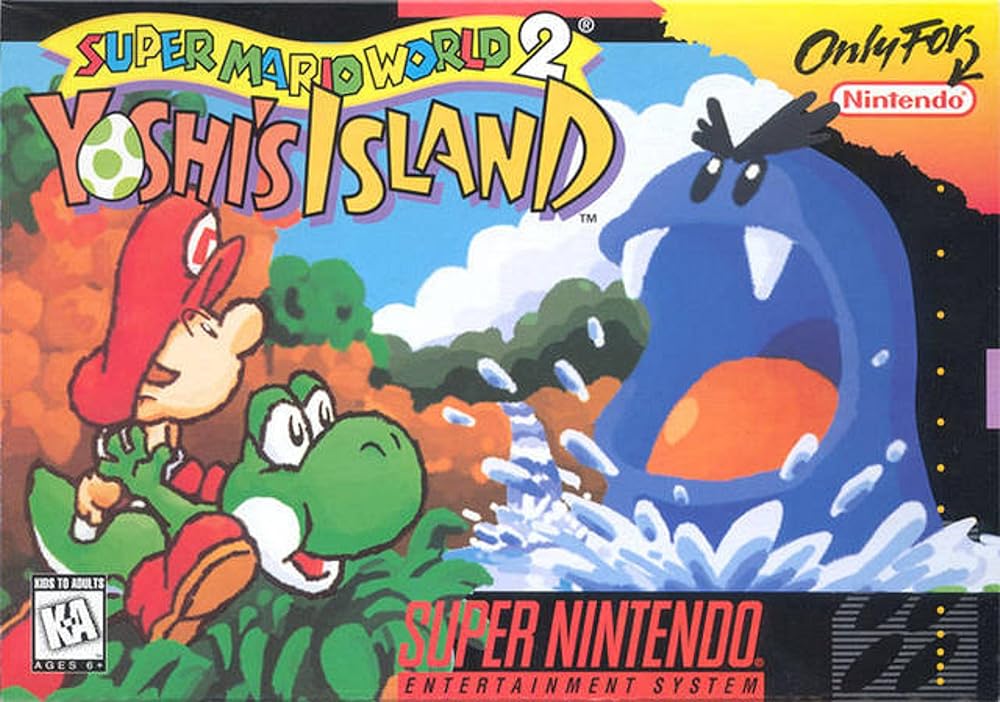
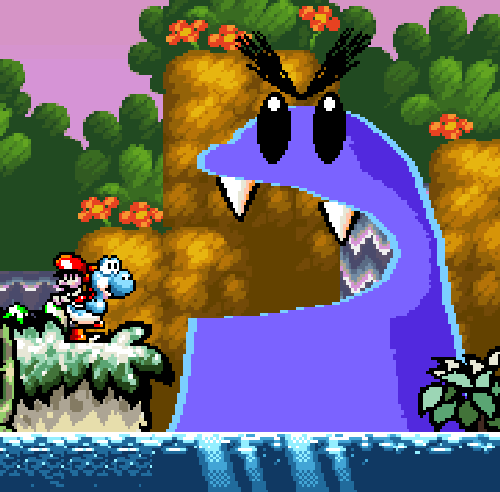
When Nintendo's 16-bit masterpiece, Super Mario World 2: Yoshi's Island, was originally released on the Super NES back in 1995, 32-bit consoles, such as the Sony PlayStation and Sega Saturn, were already on the market, boasting blocky, polygonal 3D graphics and gameplay, the future of video games. Many in 1995 believed that pixelated, sprite-based 2D games were passé and destined to fade into obscurity. However, not all felt this way. As with Charlie Chaplin's long reluctance to embrace talkies, the Yoshi's Island team refused to adopt the 3D visuals of Donkey Kong Country, settling instead on a hand-drawn aesthetic. The results were vibrant backgrounds that looked as though they were sketched and coloured by children with crayons, pastels, markers, etc.

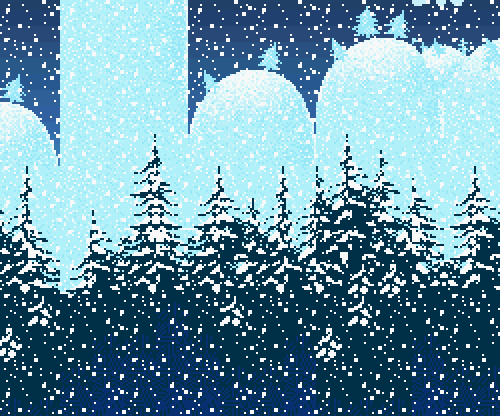
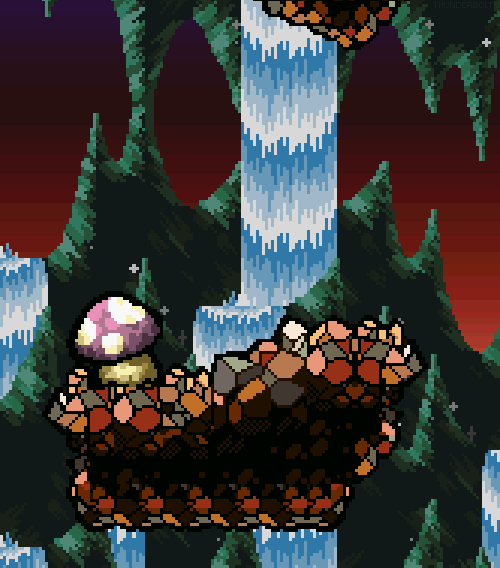
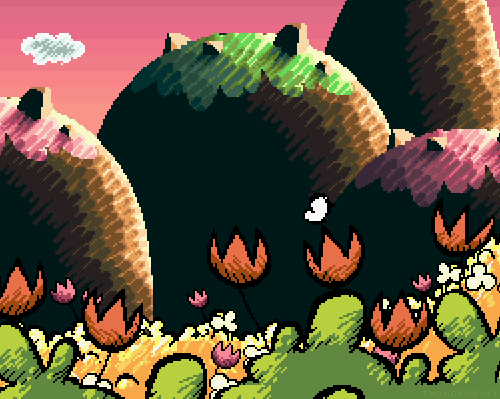
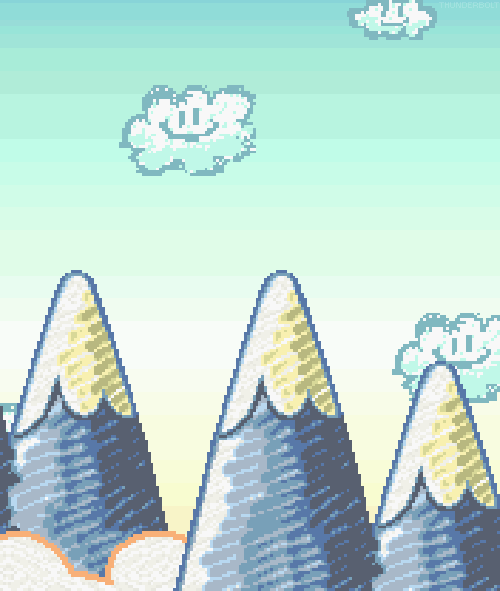
During my recent playthrough, I often found myself stopping to take in all these gorgeous backgrounds. For example, I loved the one based on Vincent van Gogh's 1889 masterpiece, The Starry Night. Another that really spoke to me is a depiction of a sparkling cave, lush in vegetation and illuminated by streetlamps hanging from trellis-like vines. The cave is layered in parallax scrolling, producing a sense of motion when passing its windows and gazing out at the twinkling stars in the night sky. This phantasmagoric imagery is further complemented by the fitting underground tune, which plays throughout cave levels, and also happens to be my favourite musical track in Yoshi's Island.
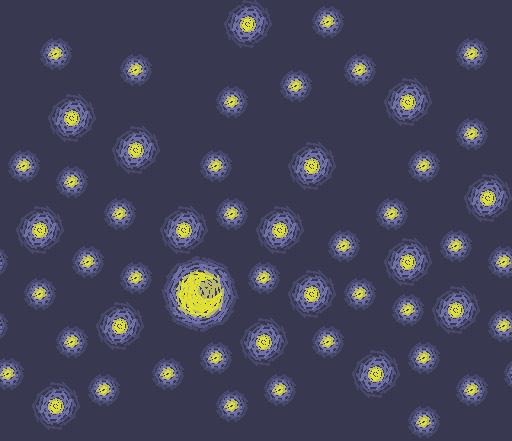
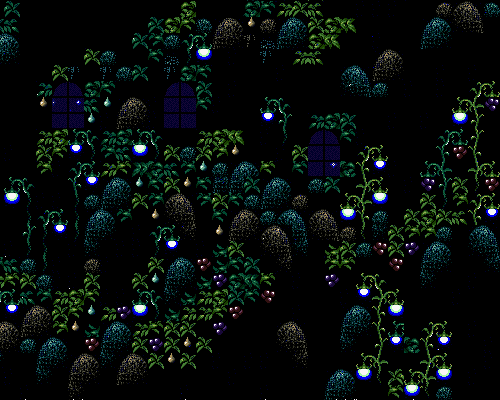
However, the game's beauty extends well beyond the artistry of its backgrounds. Thanks to the Super FX chip, designed by British developer, Argonaut Games, of Star Fox and Croc fame, Yoshi's Island boasts some pretty impressive sprite scaling and stretching capabilities, such as the psychedelic effect whenever the Yoshis get high from a Fuzzy, the rotating moon, 3D platforms, or sense of depth during the final battle against Bowser. Argonaut's FX chip also powered the 1995 Super NES port of Doom, which shows just how powerful it was.
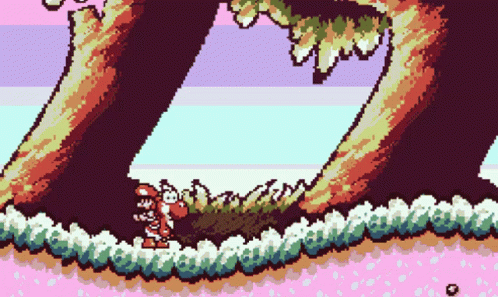
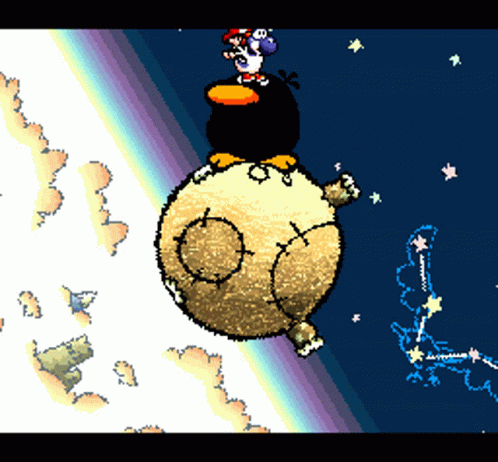
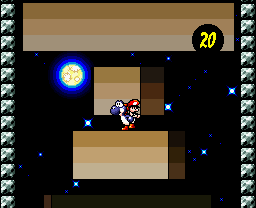
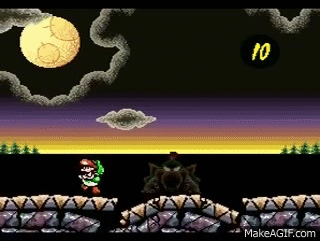
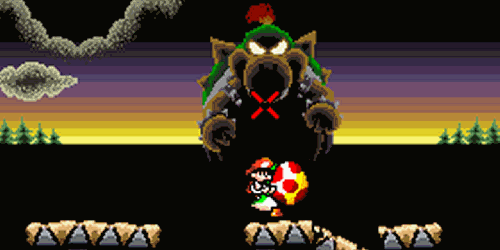
In terms of story, Yoshi's Island is a "prequel" of sorts to the original Super Mario Bros. from 1985, apparently set in a parallel universe, where the Baby Mario Bros. were on route to their parents in the Mushroom Kingdom via stork. After a mishap results in the twins' separation, a team of Yoshis set off across their titular island, with Baby Mario on their backs, in a quest to reunite the pair and ensure they reach the Mushroom Kingdom safely. Some view this plot as a retcon of Mario and Luigi's Brooklyn roots, though series creator, Shigeru Miyamoto, has confirmed in interviews that the Mario Bros. are indeed from Brooklyn. Honestly, I think of this new "origin story" for Mario and Luigi along the same lines as A Pup Named Scooby-Doo, The Flintstone Kids, or Muppet Babies...fun, but not canon.
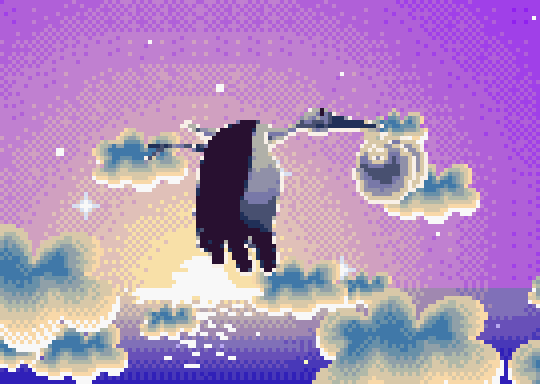
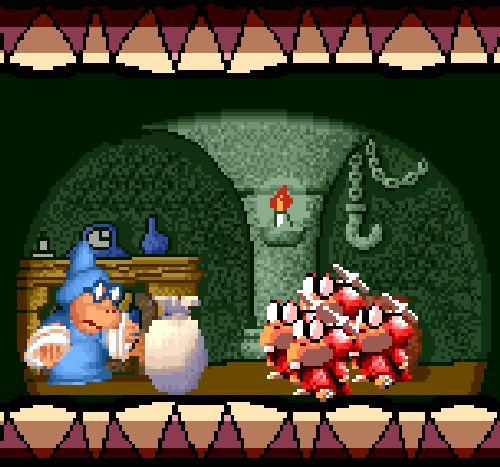
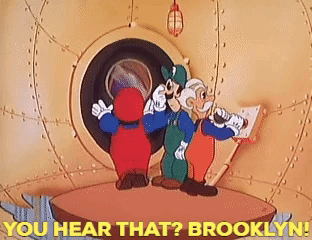
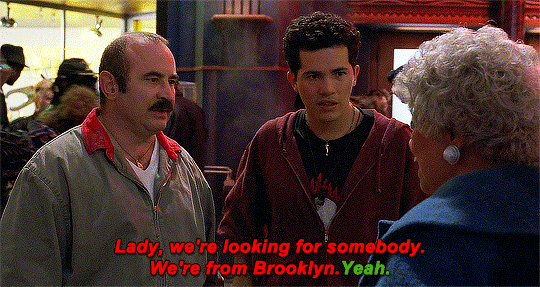
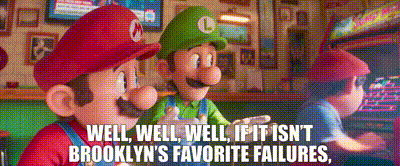
Levels are bigger and longer than those of prior Mario games and are thus designed with exploration in mind (thankfully, timer-free). Scattered throughout each of the levels are 30 stars (the game's equivalent of hit points), 20 red coins, and 5 flowers. Completing a level with these exact totals results in a score of 100%. Completing every level in a world with a perfect score unlocks a cool but tough extra level and a handy bonus game for racking up lives or items. Speaking of which, some items make these scavenger hunts much easier, such as the magnifying glass that exposes all hidden red coins or the automatic star refills, which are best used in front of a level's goal ring.
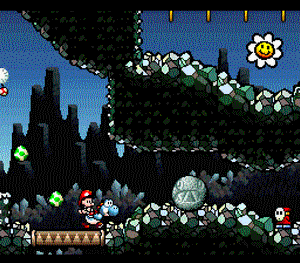
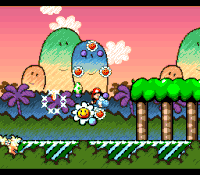
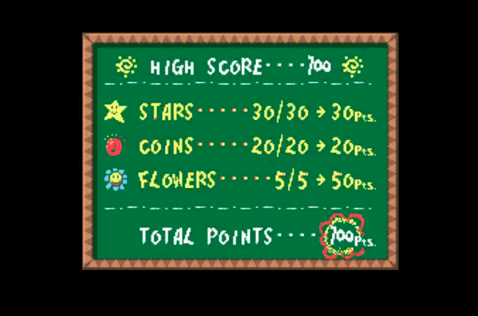
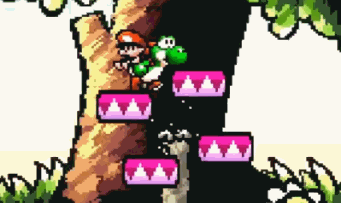
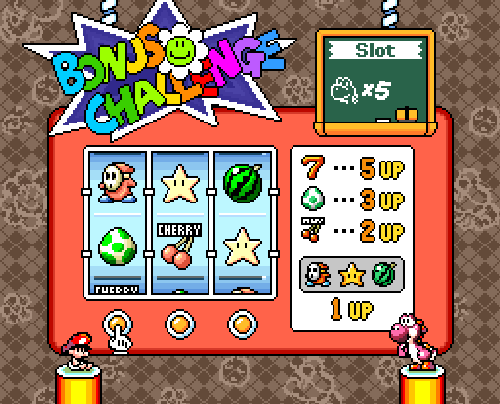
The Yoshis defend themselves by swallowing enemies and transforming them into eggs, which they then throw at other enemies, obstacles, or collectibles. Eggs ricochet off walls, floors, and ceilings, changing colour each time. These multicoloured eggs are imbued with special properties, so it's a good idea to catch them while they're still bouncing around. As mentioned, stars are not only crucial for 100% completion, but also function as hit points. Lose Baby Mario and the stars begin depleting, resulting in the loss of a life if Baby Mario isn't recovered before they reach zero. See why it's best to save the star refill items for the goal rings?
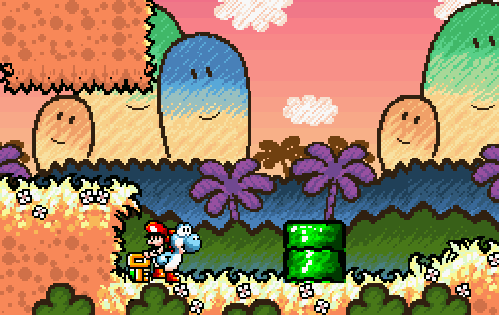


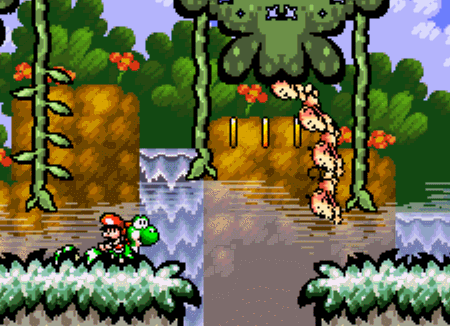
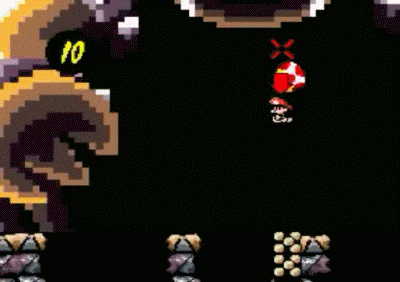
Among the game's fun power-ups are a variety of temporary transformations the Yoshis can undergo, such as helicopters, cars, submarines, tanks, or locomotives. If the Yoshis touch a big star, Baby Mario dons a cape and becomes temporarily playable, being invincible and capable of running up walls, along ceilings, or even through spikes. The Yoshis can also safely ride their pet dog, Poochy, across lava or over spikes, as well as ski down alpine slopes. Both the Poochy and skiing sections are quite rare, though.
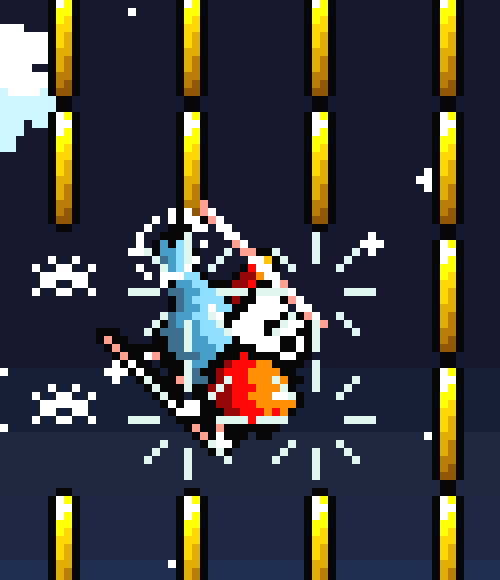
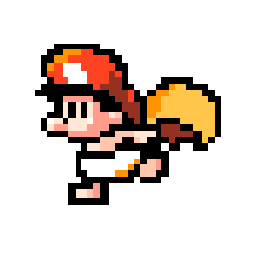
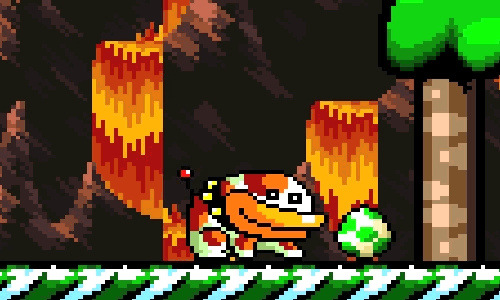
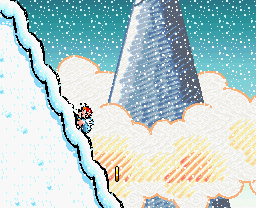
Each of the game's six worlds contain two bosses, which range from surreal to humorous or even gross. For example, one involves Yoshi stripping Bashful Burt naked (why?!?), causing him to deflate from embarrassment. Another is set within Prince Froggy's belly, which Yoshi must escape by inducing a bowel movement (eww!!!). The expression on Yoshi's face upon escaping the amphibian's belly this way is priceless. Even Kirby's lesser-known cousin makes a cameo as a boss. I guess there wasn't enough money left in the budget to cast Kirby himself in the cameo?
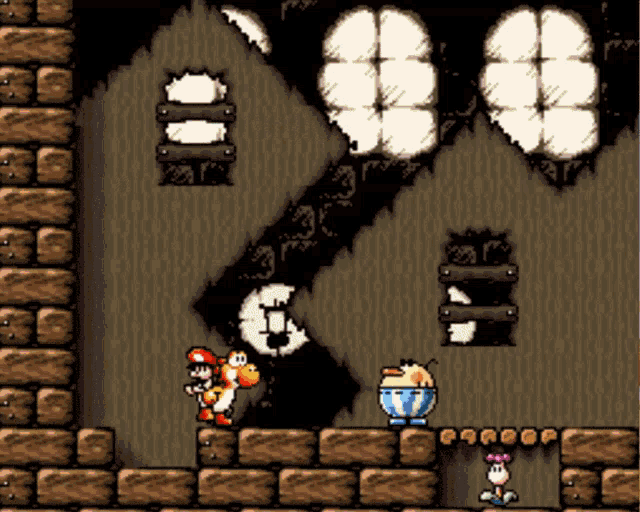
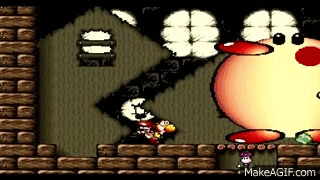
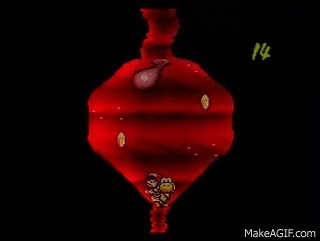
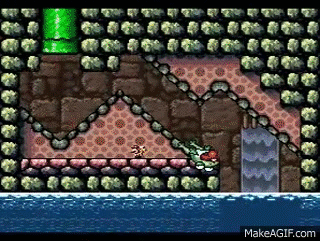
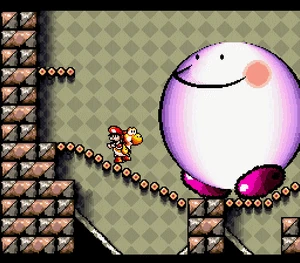
In a cool twist, the battle against Naval Piranha can be entirely skipped with a well-timed egg toss. While this was an intentional secret, other helpful "cheats" are, in reality, just beneficial glitches. For example, there's one that repeatedly duplicates red coins, and another that instantly grants 999 lives. However, to activate these cheats/glitches, all the right steps must be followed to a tee. Non-beneficial glitches include one that causes a 3D wall to crash the game, and another that allows Yoshi to become evil and eat Baby Mario. It's always fun to try out different glitches, but only the ones that won't corrupt your game (I'm looking at you, MissingNo., of Pokémon Red and Blue, grrr!).
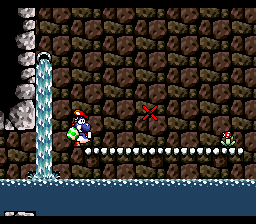
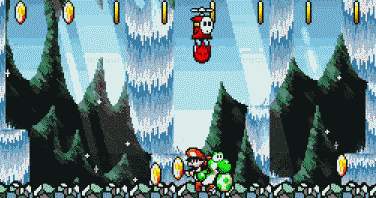
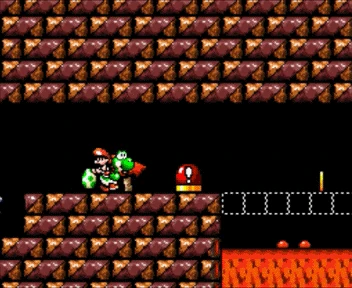
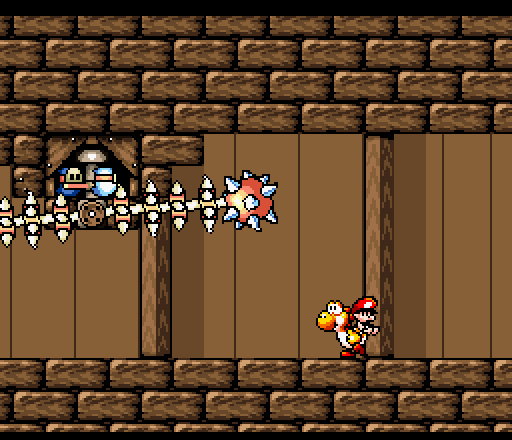

In closing, one of the perks of retro gaming in the modern era is that old school video games are easily accessible via mini consoles, digital stores, subscription services, physical re-releases, and emulators. If you enjoy video games and have access to any of these methods, be sure to check out Yoshi's Island. It's truly stood the test of time. I'd also like to extend a special shout-out to Supper Mario Broth, as I found many of these helpful GIFs on their site. Do you have any thoughts on this post? If so, feel free to reach out by leaving a comment, dropping me a line, or signing my guestbook to share your opinions on this or any other topic. Also, feel free to press the "like" button if you enjoyed this post, as "likes" help me gauge audience interest in the content I post. After all, I don't want to bore anyone, ha-ha. Until next time, love, peace, and chicken grease!
Posted in "Nerd Alert" on Saturday, September 21, 2024.